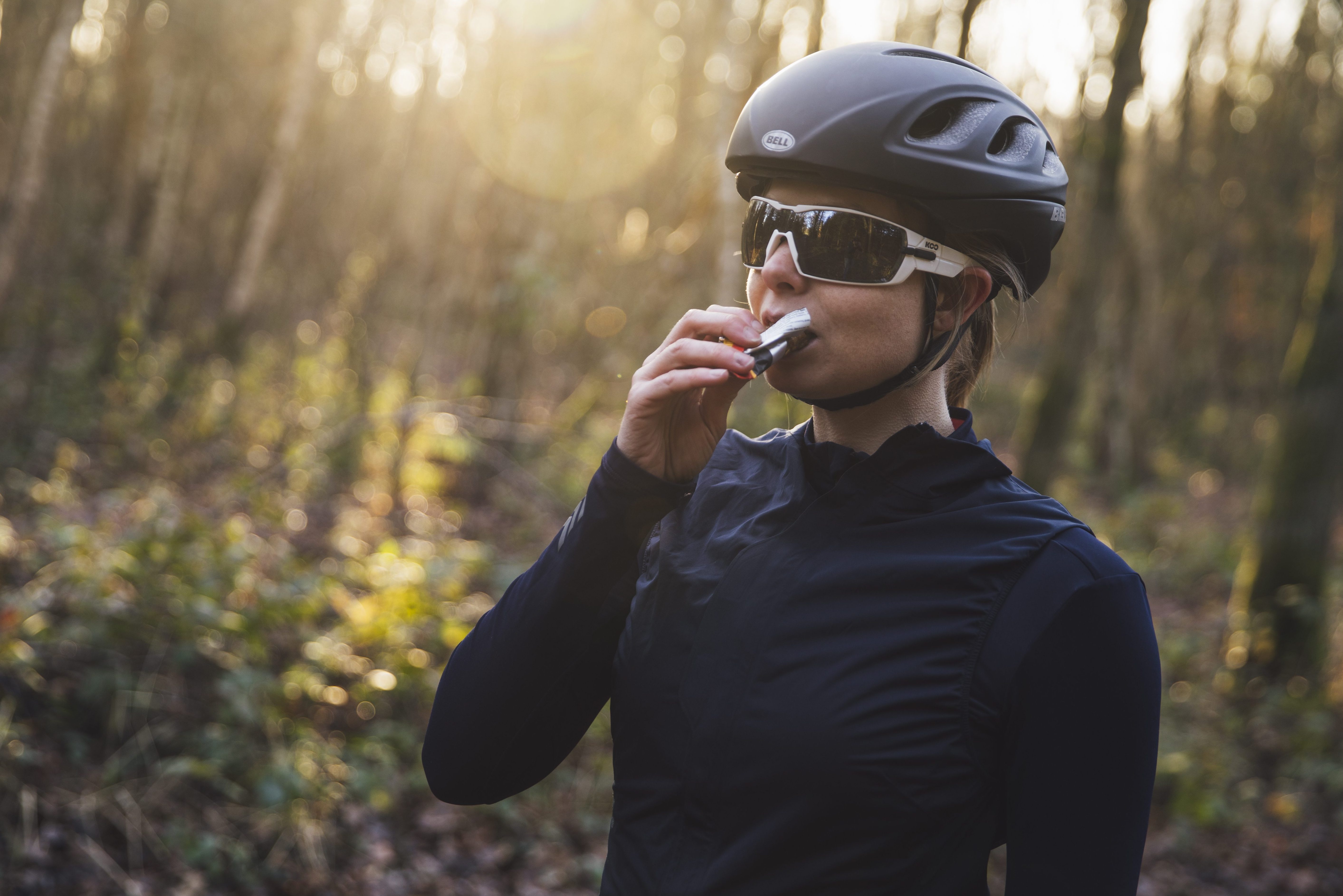An estimated one-third of competitive cyclists are harming their health by under-fuelling: Are you at risk?
Failure to meet energy demands can seriously impact your health and cycling performance — and we want to know how prevalent it is among CW readers


Most cyclists know that they need to fuel properly in order to reap the benefits of their training - but knowing this does not always equate to what happens in practice.
Recent studies have shown that, whether intentionally or not, even some pros are failing to meet their energy needs, impacting their health and putting a very real ceiling on performance.
>>> How prevalent is Red-S in cycling? Complete the survey here
Under-fuelling may not mean weight loss
A study analysing riders on the Mitchelton-Scott men's team found that whilst the men all maintained a consistent weight, those who experienced periods of reduced intake showed hormonal changes.
Another investigation found that 28 per cent of competitive male cyclists had low energy availability and 44 per cent had low bone density. Women are thought to be even more susceptible, as female riders need more energy per kilo of fat free mass to stay healthy.
Relative Energy Deficit in Sport (Red-S) is, put simply, a mismatch between calories burned and calories consumed.
Get The Leadout Newsletter
The latest race content, interviews, features, reviews and expert buying guides, direct to your inbox!
A common misconception is that Red-S is only present in athletes with underlying eating disorders, but a rider can also be at risk because they've unintentionally been in a calorie deficit for too long, too often. That long drive to the petrol station after the mid-week crit race does matter, it seems.
Whilst in men it's testosterone that drops, in women it's oestrogen, and this usually results in menstrual dysfunction. Historically, this has often been considered "normal", but experts tell us it's not and some suggest the problem may extend well into the domestic ranks.
At Cycling Weekly we're keen to understand how prevalent Red-S is, across the spectrum from amateurs to pros. The survey is entirely anonymous, though there is space to provide contact details if you'd like to tell us more.
>>> How prevalent is Red-S in cycling? Complete the survey here
The results will be analysed with the help of expert, Dr Nicky Keay, ahead of publication early in 2020.
If you think you may be affected, there's a wealth of advice on Dr Keay's website Health 4 Performance. You can also check out the link to her EN:SPIRE clinic, set up to help athletes with Red-S.
Dr Keay is currently running a study that will allow you to have a bone scan - find out via the link above.

Thank you for reading 20 articles this month* Join now for unlimited access
Enjoy your first month for just £1 / $1 / €1
*Read 5 free articles per month without a subscription

Join now for unlimited access
Try first month for just £1 / $1 / €1
Michelle Arthurs-Brennan the Editor of Cycling Weekly website. An NCTJ qualified traditional journalist by trade, Michelle began her career working for local newspapers. She's worked within the cycling industry since 2012, and joined the Cycling Weekly team in 2017, having previously been Editor at Total Women's Cycling. Prior to welcoming her first daughter in 2022, Michelle raced on the road, track, and in time trials, and still rides as much as she can - albeit a fair proportion indoors, for now.
Michelle is on maternity leave from April 2025 until spring 2026.
-
 Gear up for your best summer of riding – Balfe's Bikes has up to 54% off Bontrager shoes, helmets, lights and much more
Gear up for your best summer of riding – Balfe's Bikes has up to 54% off Bontrager shoes, helmets, lights and much moreSupported It's not just Bontrager, Balfe's has a huge selection of discounted kit from the best cycling brands including Trek, Specialized, Giant and Castelli all with big reductions
By Paul Brett
-
 7-Eleven returns to the peloton for one day only at Liège-Bastogne-Liège
7-Eleven returns to the peloton for one day only at Liège-Bastogne-LiègeUno-X Mobility to rebrand as 7-Eleven for Sunday's Monument to pay tribute to iconic American team from the 1980s
By Tom Thewlis